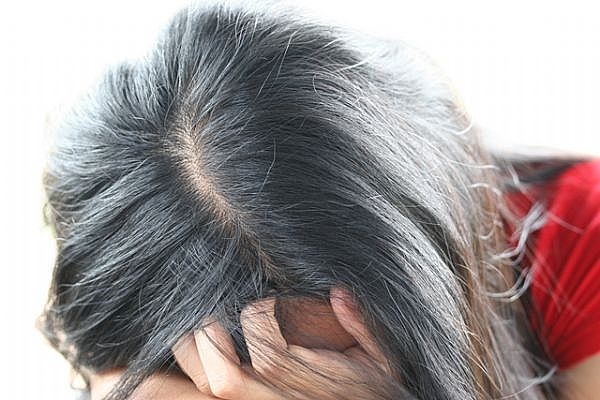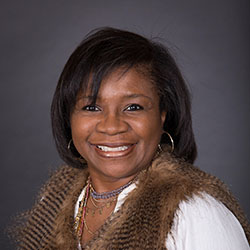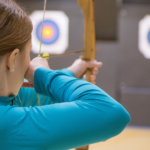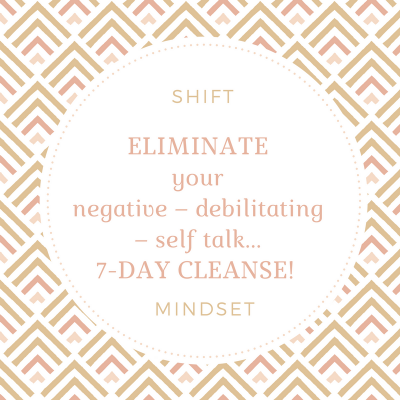Hair loss for women can be devastating at any age. But, in most cases, it can be treated. So, the devastation does not need to last for long. Men are sometimes bothered by baldness, too. But, it is socially acceptable for them to shave their heads. Popular women’s hairstyles have yet to include the “bald look”.
There are many different kinds of alopecia, the generic medical term for any kind of hair loss. One of the most common types is pattern baldness. It affects 50% of men over the age of 50 and it seems that a growing number of women are affected, particularly after the age of menopause.
When the alopecia begins after the onset of menopause, hormonal issues are most likely involved. First, there is decreased estrogen production. Second, there may be increased levels of dihydrotestosterone or DHT, which interferes with the effects that estrogen has in the body. Third, there is the detrimental effect that DHT has on the hair-producing follicles, in some people.
The subject of hair loss for women after the age of menopause is a complicated one. Proponents of DHT inhibitors for females argue that decreased production of estrogen is not that important. But, so far, the research does not support the effectiveness of DHT inhibitors for females.
The research does support the effectiveness of a solution called Minoxidil. It is applied directly to the scalp, twice a day. Because it is a topical solution, there is no risk of side effects, other than redness, and that does not occur in all women.
If you decide to buy the product, you should read and follow the directions carefully. One customer failed to apply the solution to dry hair, rather than wet hair, and the results were negatively affected by that.
Minoxidil products designed specifically for hair loss for women should contain a 2% concentration, if they are to be effective; men use a higher concentration of 5%. If a woman used the higher concentration, the solution could actually cause the alopecia to become worse and there is a higher incidence of redness, itching and irritation. Therefore, stick with the lower concentration to be safe.
Proper nutritional support is also recommended for hair loss for women. PABA, biotin and magnesium are all recommended. They improve the hair’s thickness and overall appearance. The hairs start to become more pigmented, too.
One of the things that occur when DHT damages the hair-producing follicles is this: The hairs being produced are thinner and lighter in color. So, even though production is still on-going, it starts to look like you are getting bald spots, because you can’t really see the fine, lightly colored hairs.
One of the things that Minoxidil does is to improve the circulation of nutrients to the hair-producing follicles. The more nutrients and blood that flows to the follicles, the more growth you will experience.
Do some comparative shopping before you buy. There are lots of products designed for hair loss for women, but the quality varies greatly.
|
|
















